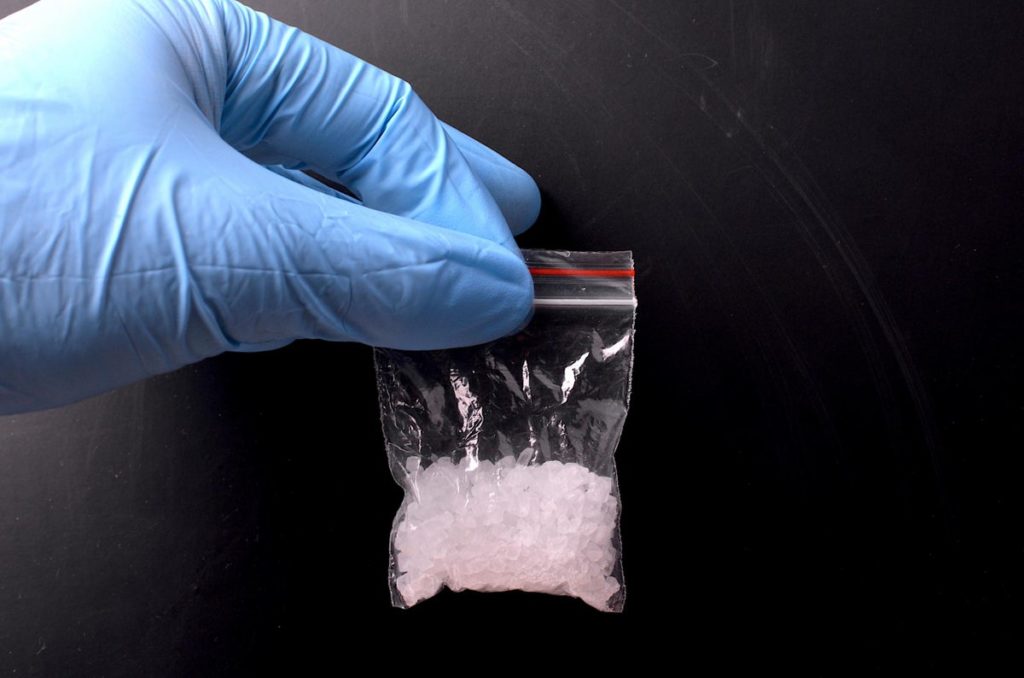THERE is no law that classifies crystal methamphetamine or simply crystal meth or mutoriro as a dangerous drug, and arresting and prosecuting suspects based on that is illegal, the court heard yesterday.
This came out when the trial of two men, Prince Samuriwo and Humphrey Banda, accused of dealing in dangerous and unlawful possession of dangerous drugs involving 83 grammes of crystal meth, opened before a Harare magistrate.
Through their lawyers Admire Rubaya and Malvin Mapako, the duo denied the allegations, arguing that crystal meth was not listed as a dangerous drug in the Dangerous Drugs Act.
“The State alleges that crystal methamphetamine that the accused was allegedly found in possession of is a dangerous drug yet there is no such drug listed in the relevant schedule to the Dangerous Drugs Act,” Rubaya argued for Samuriwo.
He further argued that the public outcry or political interference was not enough to make something an offence, but an Act of Parliament and in the absence of such, the charges could not stand.
“A drug does not become a dangerous drug simply because the general populace, the State and or politicians want it to be treated as a dangerous drug whose alleged possession is punishable in terms of the criminal law.”
“It is not the general unhappiness of the law enforcement agencies, politicians or the society at large that proscribe possession of or dealing in crystal methamphetamine, but positive legislative enactment. “In the absence of crystal methamphetamine being listed as a dangerous drug in the schedule, no offence can arise in relation to anyone alleged to have been found in possession of crystal methamphetamine in Zimbabwe,” he argued.
The defence told the court that the only drug which shares a resemblance with crystal methamphetamine is the methylenedioxymethamphetamine, but the two are different hence one cannot be charged under that. “The Dangerous Drugs Act does not indicate that methylenedioxymethamphetamine is also known as crystal methamphetamine. “Methylenedioxymethamphetamine and methamphetamine might belong to the family of drugs called phenethylamines and under the generic name amphetamines but these drugs are different.
“The two have divergent effects and produce differing neurochemical and behavioural responses in human beings. “The two drugs have different molecular structures, have different scientific names. Methamphetamine is also known as Nadimethylphenethylamine whilst Methylenedioxymethamphetamine is known scientifically a Nadimethylmethylenedioxyphenethylamine.
Therefore, these two drugs are scientifically different,” Rubaya further argued. The lawyers are pushing for the freedom of their clients stating that if the State cannot proffer evidence that crystal methamphetamine is a dangerous drug in terms of the Dangerous Drugs Act then there is no offence.
“It is submitted that if crystal meth is not a scheduled drug, then the conduct forming the basis of the charge being preferred against the accused person is not recognised in our law as a crime. “Therefore, the accused’s alleged type of conduct being allegedly found with sachets of crystal meth is not proscribed by the law in Zimbabwe.
“Therefore, once the court finds that crystal meth is not a scheduled drug in terms of the Dangerous Drugs Act, then the accused cannot possibly be placed on remand nor convicted of conduct which is not recognised by the Zimbabwe law as a crime.
